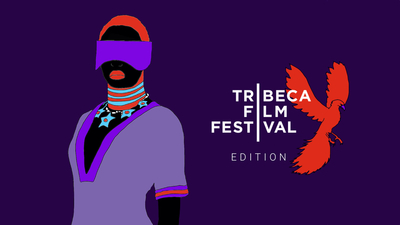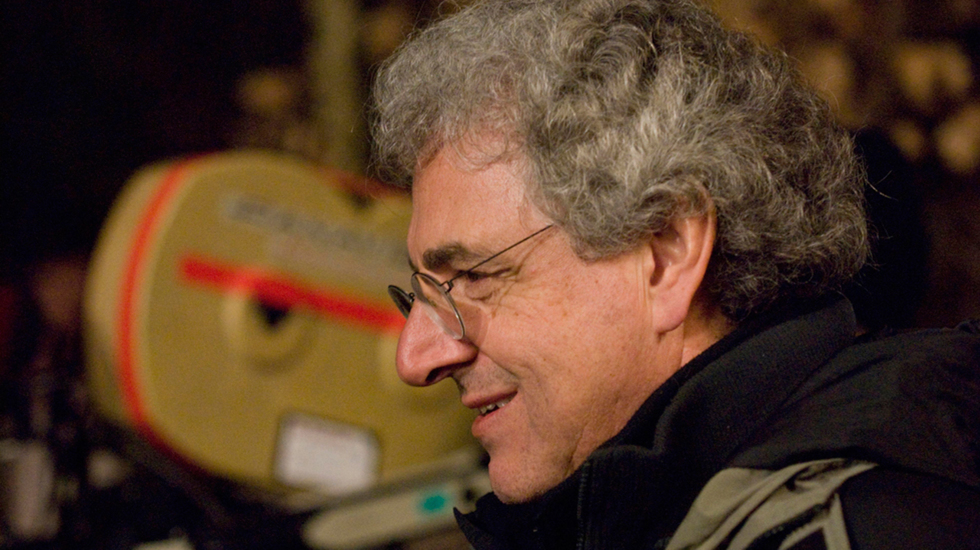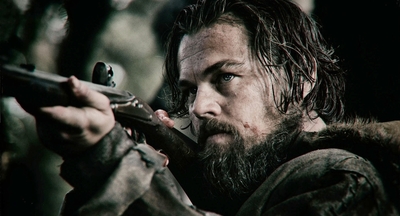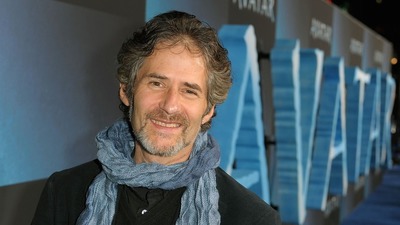
BY KAREN KEMMERLE |
Remembering Comedy Legend Harold Ramis
We join the world in mourning the loss of our friend Harold Ramis, one of the most influential and generous figures in American comedy.

Photo credit: Suzanne Hanover/The Chicago Reader
It seems almost unreal that Harold Ramis is gone, given the continuing impact of his original and groundbreaking comedic voice. Filmmakers like Judd Apatow, Jake Kasdan, Jason Reitman, and Zach Braff all cite him as a major influence, and his wonderful 40-year career gave us treasures like Animal House, Caddyshack, Ghostbusters and Groundhog Day, all of which make most people’s short list for the funniest movies of all time.
We were lucky to consider Ramis part of our Tribeca family. He directed and co-wrote Analyze This (1999) and Analyze That (2002) starring Billy Crystal, Lisa Kudrow and our own Robert De Niro. At the 2006 Tribeca Film Festival, Ramis and his extensive body of work were highlighted by a panel entitled “Toga Toga Toga! What the Industry Learned At Faber College.” For the event, Ramis sat alongside the likes of Todd Phillips (Old School), Jeff Garlin (Curb Your Enthusiasm) and Jake Kadsan (Orange County)—to discuss the evolution of subversive comedy and sticking it to the man. Needless to say, when Ramis spoke on this topic, everyone paid attention.
At age 34, Ramis co-wrote his first movie script, Animal House, and the film propelled his career into the stratosphere. In the span of 10 years, Ramis co-wrote Meatballs, Caddyshack, Stripes, Ghostbusters and Back to School and directed both Caddyshack and National Lampoon’s Vacation. Though he appeared on-screen only in Stripes and Ghostbusters, Ramis established an acerbic screen presence that endeared him even further to audiences. Ramis’ twinkie-obsessed Egon Spengler holds his own as a member of the trio that includes Dan Aykroyd’s motor-mouthed dreamer, Ray Stantz, and Bill Murray’s sarcastic but ultimately heroic Peter Venkman.
He was a filmmaker who embraced the responsibility of being both a peer and a mentor.
One of Ramis’ greatest achievements as a filmmaker is, without a doubt, Groundhog Day, a film for which, unsurprisingly, Ramis also is credited as the co-screenwriter. Starring Bill Murray as a Phil, a grouchy and arrogant weatherman forced to live the same day over and over, Groundhog Day follows his evolution from jerk to town hero over the course of a very long and very funny 24 hours. Ramis followed up Groundhog Day with movies like Multiplicity, Analyze This, Bedazzled (woefully underrated) and multiple episodes of The Office.
Over the years, the qualities we came to love most about Ramis were his incredible generosity and kindness. He was a filmmaker who embraced the responsibility of being both a peer and a mentor. Young directors especially appreciated his willingness to collaborate and occasionaly coaxed him back in front of the camera though he never considered himself a true actor. Look for Ramis in both Orange County and Walk Hard: The Dewey Cox Story from writer/director Jake Kadsan and in Judd Apatow’s Knocked Up. Ramis’s good-humor and gentle demeanor shone through every project.
In Ramis’ view, his most important role was as a husband to his wife of 25 years, Erica Mann Ramis, and a father to their three children. Our Executive Vice President Paula Weinstein, who worked with Ramis producing Analyze This and Analyze That, remembers the experience in those terms: “The greatest part about working with Harold was watching him when his children came to visit. He had so much love and pride for his three children. He made room for them and included them in everything he was doing.”

